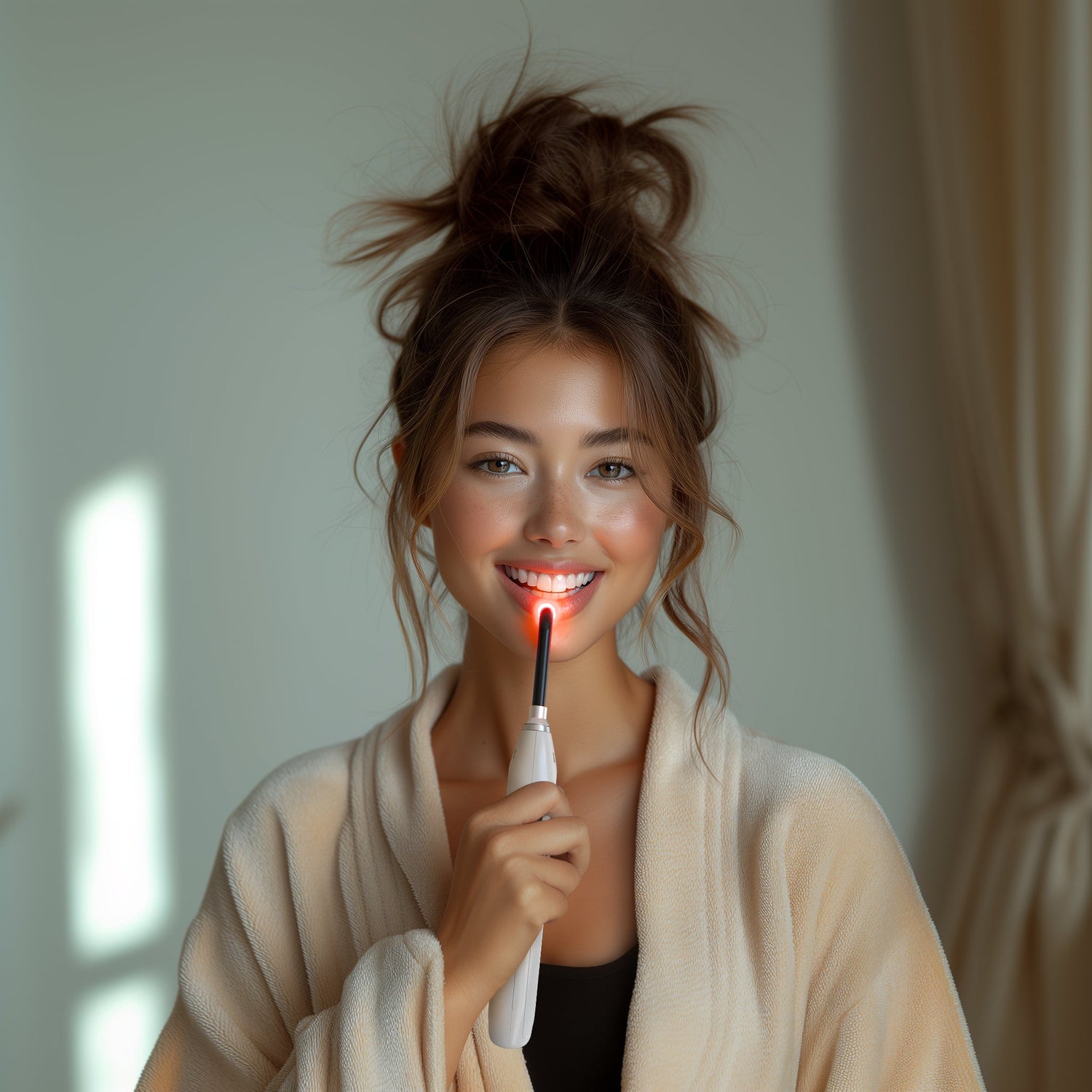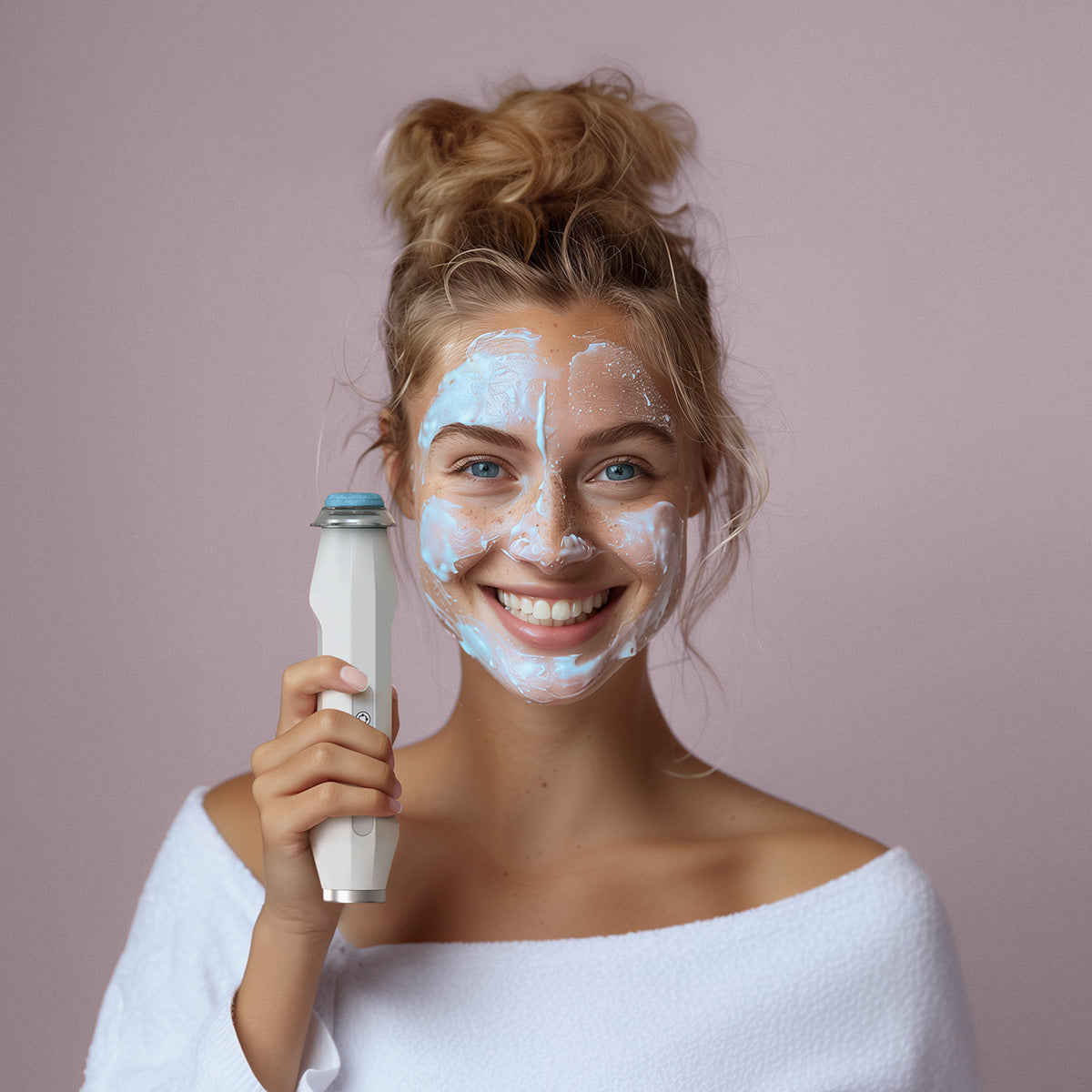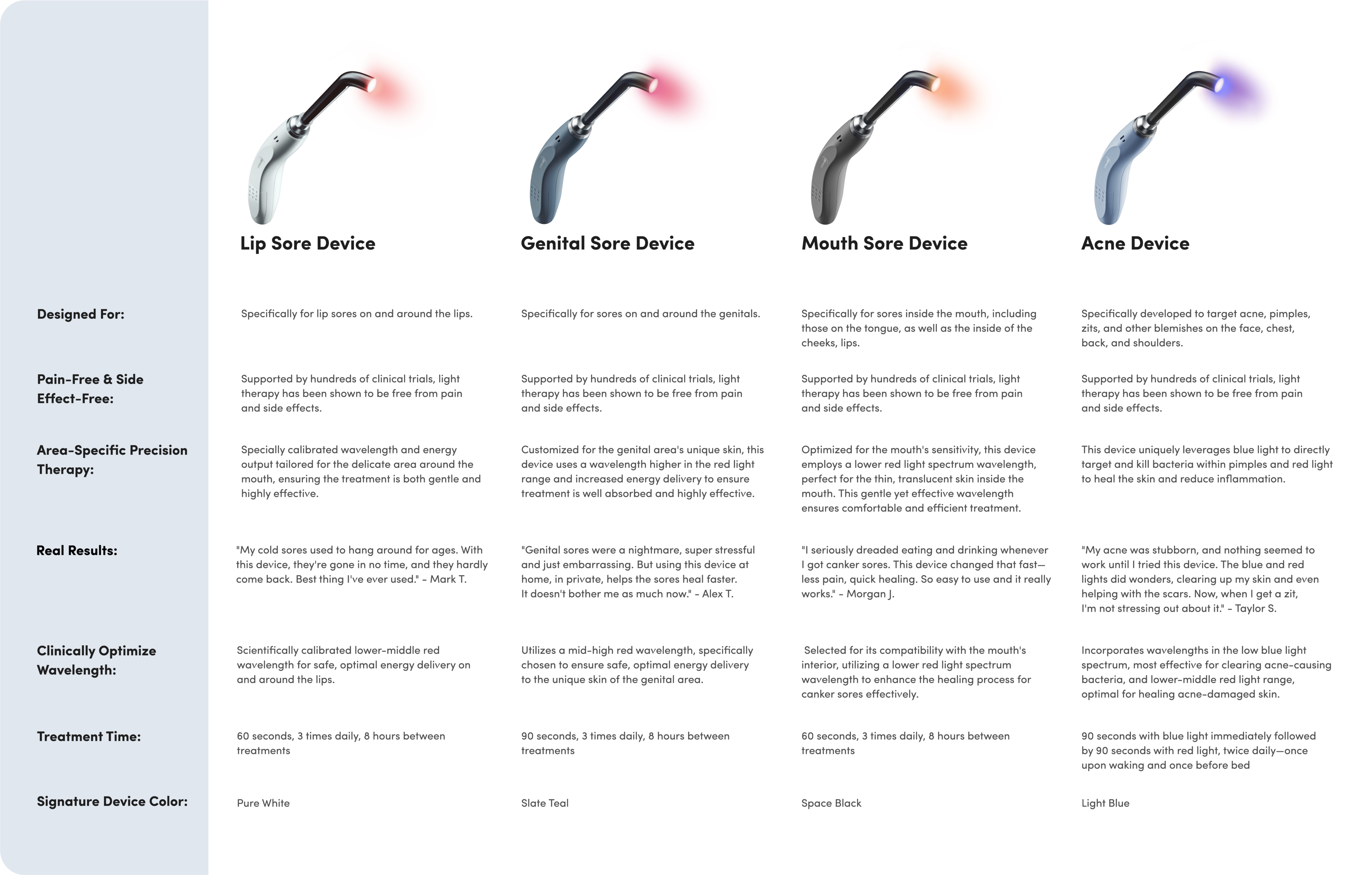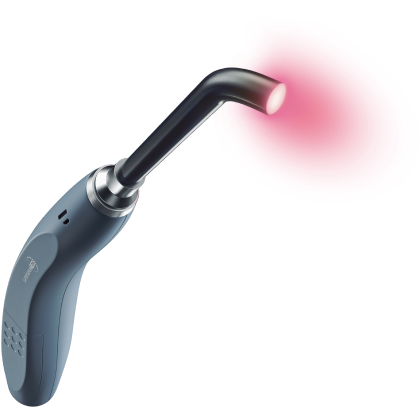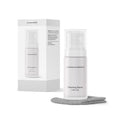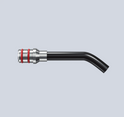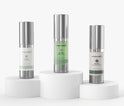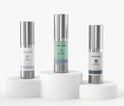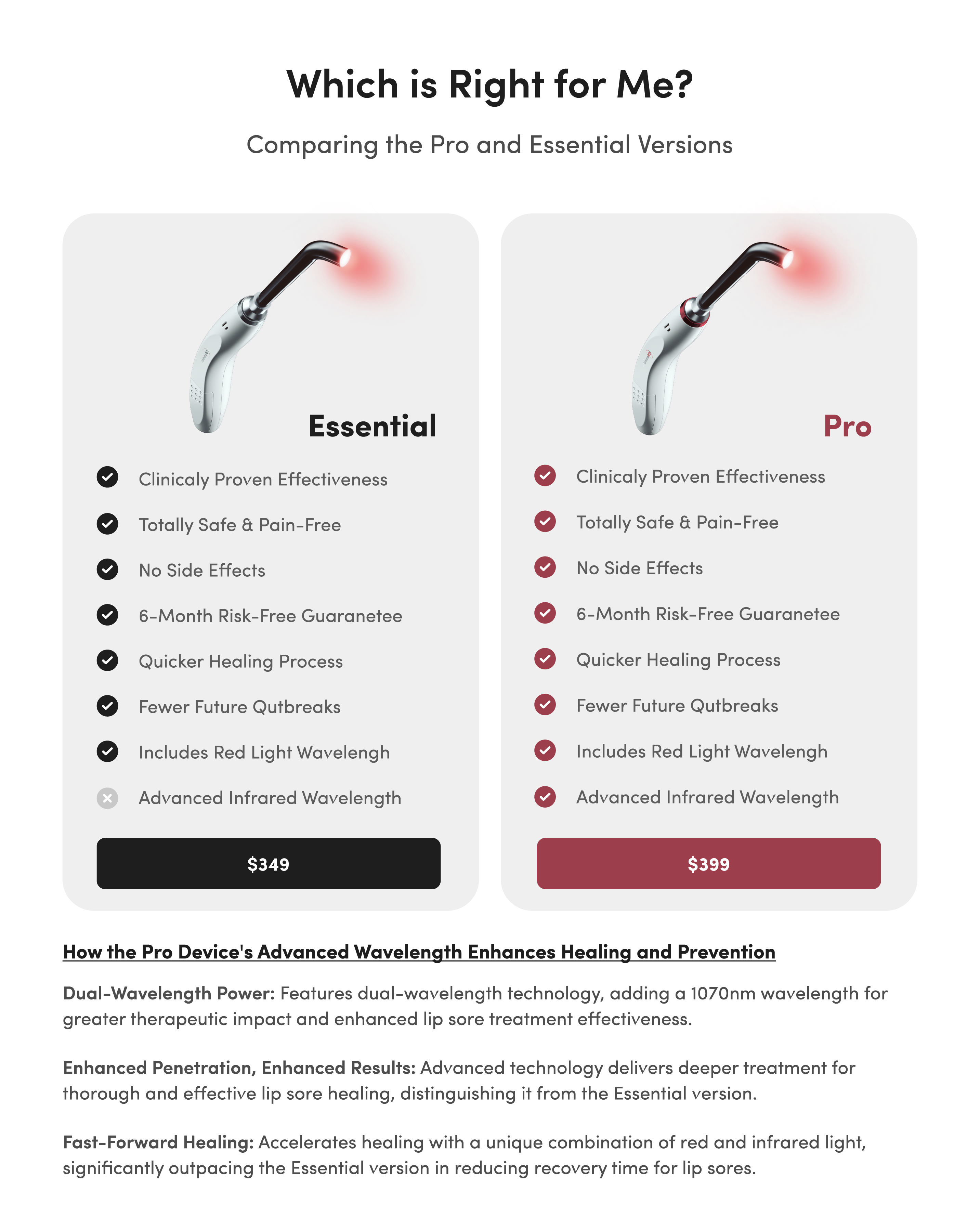Cold Sores vs. Angular Cheilitis: What's the Difference?

Your lips are chapped and cracked, and chapstick isn’t providing much relief. What’s causing your pain? Those blisters sort of look like cold sores, but you’re not quite sure.
The culprit could be angular cheilitis, another common skin condition that appears on the corners of the mouth. It’s important to understand the differences between angular cheilitis and cold sores so that you can tackle your condition with the most appropriate treatment.
What is Angular Cheilitis?
Angular cheilitis is an inflammatory condition that causes dry, swollen, red patches to develop around the corners of the mouth or on the outside of the lips. Depending on the stage of angular cheilitis, it may last only a few days or become a constant problem.
Stage 1: Minor
During stage 1, angular cheilitis is only a minor problem. It may cause small, dry, flaky skin around the corners of the mouth or the sensation of tightness when you try to open your mouth wide.
Stage 2: Mild
Mild angular cheilitis causes more discomfort. In addition to flaking and tightness, you will also notice redness at the corners of your mouth.
Stage 3: Severe
If minor or mild cheilitis isn’t treated properly, it transitions into severe angular cheilitis. This stage of the condition triggers pain and discomfort anytime you try to talk, eat or open your mouth. The lesions around the corners of your mouth will become clearly visible as well.
Stage 4: Chronic
Treatment should help severe angular cheilitis heal, but for people suffering chronically from this condition, the symptoms return again quickly.
Angular Cheilitis vs Cold Sore: The Similarities
Cold sores, also known as oral herpes or HSV-1, cause symptoms similar to angular cheilitis. Both conditions cause redness, rawness, and inflammation around the corners of the mouth. This explains why the two are often mistaken for one another.
Angular Cheilitis vs Cold Sore: The Differences
Once you know what to look for, angular cheilitis and cold sores do develop into distinct skin conditions.
Oral herpes causes fluid-filled blisters to develop, not just at the corners of the mouth, but around and on the lips as well. These blisters go through five stages from emergence to healing:
- An itching and burning feeling develops underneath the skin indicates that a cold sore is forming
- Fluid-filled cold sore blisters develop on or around the mouth
- The blisters burst or “weep” and release their fluids
- The core sores dry up into a yellow and brown crust
- Cold sore scabs heal; the skin around the mouth looks healthy once again
Angular cheilitis, by comparison, only affects the skin at the corners of the mouth. It doesn’t cause fluid-filled blisters at all, only cracked, dry, and irritated skin that becomes vulnerable to infection.

Main Causes of Angular Cheilitis
Angular cheilitis develops for a few different reasons. Most commonly, it’s caused by excessive moisture in the corners of the mouth. Dryness and irritation develop as soon as the saliva evaporates, which triggers the instinct to lick your lips and ease the dryness. Unfortunately, this just creates a damaging cycle that leads to irritation and cracked skin.
It’s also possible for excess saliva to attract fungus such as yeast, which then grows in the corners of the mouth and causes secondary infection.
Groups at High Risk of Angular Cheilitis
Some groups are at higher risk of angular cheilitis than others. Certain pre-existing conditions may cause excessive saliva production or trap saliva in the corners of the mouth more often. The most prevalent risk factors include:
- Diabetes
- Vitamin B complex deficiency
- Frequent use of corticosteroids or antibiotics
- Sensitive skin
- Inflammatory bowel disease
If you find yourself frequently licking around the corners of your mouth or picking scabs in that area, stay alert for signs and symptoms of angular cheilitis.
How to Treat Angular Cheilitis
In order to treat angular cheilitis, you must first identify and treat the underlying condition responsible for triggering symptoms of angular cheilitis.
For example, your doctor may prescribe supplements to reverse a nutritional deficiency or better eating habits to reduce high blood sugar levels. By first learning to reduce and manage any health problems contributing to angular cheilitis, you will dramatically minimize your likelihood of inflammation in the future.
For active angular cheilitis symptoms, you may need a topical treatment to clean the area and reduce dryness:
- A topical antifungal kills yeast causing infection
- A topical antiseptic keeps open cracks and wounds clean to prevent new infection
- Filler injections temporarily reduce creases around the mouth in order to prevent saliva from becoming trapped
- Coconut oil forms a barrier from saliva to prevent chapping
- Lip balms
- Mild corticosteroids in case of severe inflammation
- Moisturisers
- Barrier creams
Minor and mild cases of angular cheilitis can usually be treated at home, but severe and chronic cases require the attention of a doctor.
How to Treat a Cold Sore
If your discomfort is the result of a cold sore outbreak, use these strategies for rapid treatment.
Don’t Pick Your Cold Sore
Just like you can’t pick at the chickenpox, you shouldn’t pick at your cold sore! Every time you touch a cold sore, you risk spreading the herpes simplex virus to other parts of your body or other people you contact.
Picking at your cold sore also increases the risk of infection and scars. If you’re tempted to touch your blister, find a cotton swab and apply an ointment or medication for relief instead.
Over-the-Counter and Prescription Options
Orajel™ is an over-the-counter topical gel that provides instant and targeted pain relief in and around the mouth. The Orajel™ Cold Sore formula includes six active ingredients shown to treat the pain, itching, and dryness caused by cold sores. It can be applied up to four times a day to help you stay comfortable through an outbreak.
When over-the-counter strength won’t cut it, consider an antiviral prescription. It’s available in tablet, capsule, or liquid form to decrease the pain and increase the healing time of sores and blisters caused by genital herpes and cold sores. This antiviral medication stops the spread of the herpes virus in the body, which in turn helps outbreaks heal.
The Luminance RED Light Therapy
What if you could minimize the symptoms of cold sores and prevent them in the future, all without a visit to the drugstore? The Luminance RED cold sore treatment makes this easier than ever before!
Light from Luminance RED is metabolized by your skin and turned into cellular energy, which your skin uses to heal faster and force the herpes virus into hibernation. Clinical data conclusively shows that this type of treatment reduces healing time by up to 50% so that you can get back to living your life.
The Luminance RED can be used before, during, and after outbreaks to fight symptoms of HSV-1 and HSV-2. Thanks to the precise design of Luminance RED, every treatment provides the exact wavelength of light necessary to maximize treatment efficiency and prevent cold sore outbreaks.


